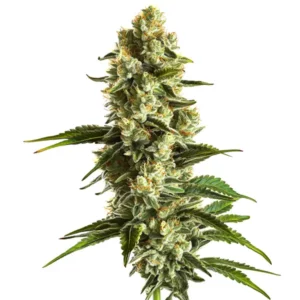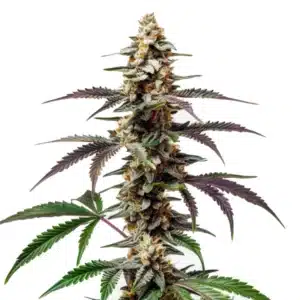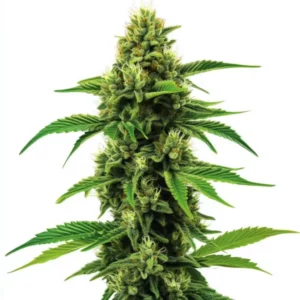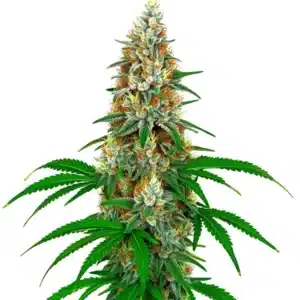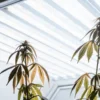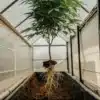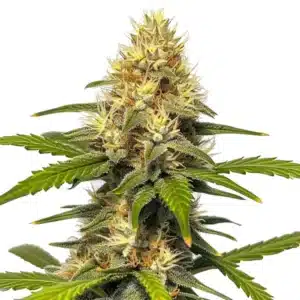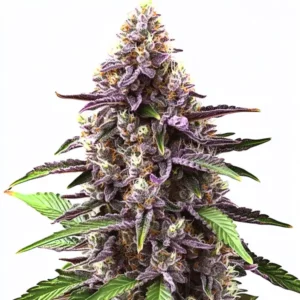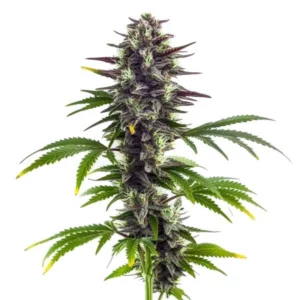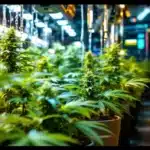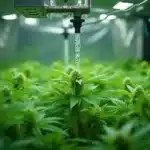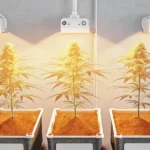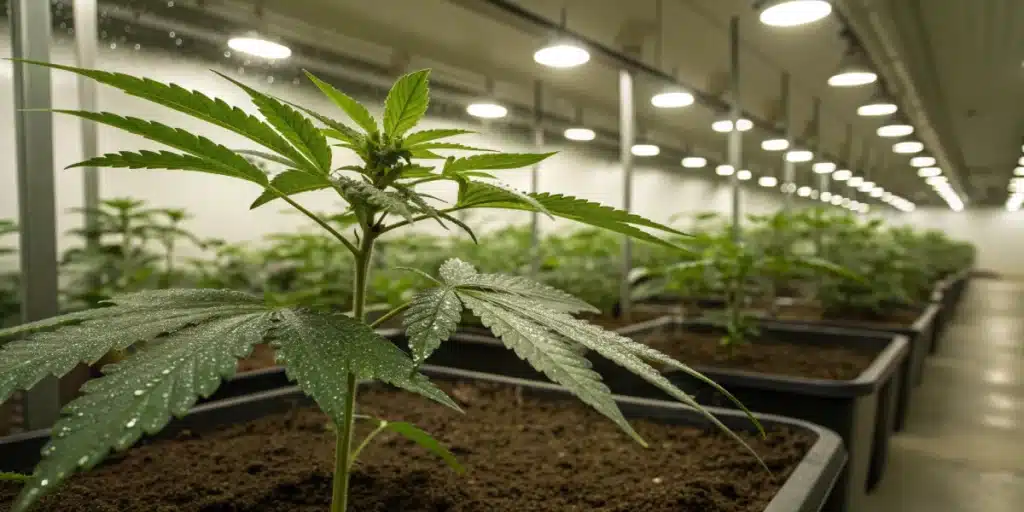
Best Time to Water Cannabis Indoors
Determining Indoor Watering Needs
Assessing Soil Moisture Levels
When it comes to deciding the best time to water cannabis indoors, grasping soil moisture levels is essential. The top layer of soil may appear dry while deeper layers remain moist. Stick your finger about an inch into the soil; if it feels dry there, it’s probably time to water.
Moisture meters provide an extra level of accuracy. These devices give you precise readings, enabling you to create a tailored schedule. Our expert recommends using these tools to establish whether to water once, twice, or even three times per day in short bursts, especially during late flowering stages.
Recommended Strains
Banana Cream
|
|
THC | 28% - 30% (High) |
|
|
Type | Feminized |
|
|
Yield | Medium |
|
|
Phenotype | 70% Indica / 30% Sativa |
Banana Kush
|
|
THC | 17% - 21% (Medium) |
|
|
Type | Feminized |
|
|
Yield | High |
|
|
Phenotype | 60% Indica / 40% Sativa |
Regular checks help you become more familiar with your plants’ needs, allowing you to water with confidence and reducing the risk of overwatering.
Promos & Deals
Recognizing Plant Water Demands
Every strain of cannabis has unique water requirements. Factors such as growth stage, environmental conditions, and strain characteristics influence water demands. For instance, plants during the vegetative stage need less frequent watering, while flowering plants may require watering twice a day.
The size and vitality of a plant also provide clear indicators. Larger plants require more water than smaller ones. Watch for drooping leaves as a signal of thirst, while yellowing or browning indicates possible overwatering.
Scheduling Optimal Watering Intervals
Daily Versus Periodic Watering
When planning your indoor watering schedule, deciding between daily and periodic watering plays a critical part. For many growers, watering every few days proves most beneficial, as allowing the soil to partially dry minimizes the risk of root rot.
The temperature of your water matters, too. Our expert warns that water above 24ºC may deprive the roots of oxygen, while water colder than 10ºC can shock them. Aim for an ideal watering temperature of around 18ºC.
Factors including pot size, type of soil, and stage of growth will affect the frequency of watering required. Adjust your intervals by observing plant responses carefully.
Environmental Factors That Affect Watering
Impact of Temperature and Humidity
Environmental conditions like temperature and humidity play a significant part. Warm conditions cause plants to use water more rapidly. Cooler temperatures allow the soil to retain moisture longer. Ventilation is another overlooked factor; fans running constantly will dry out your plants faster. Humidity influences how quickly water evaporates from the soil.
Influence of Indoor Lighting Conditions
It’s also critical to time your watering right. Always water when the lights are on. Our cultivation expert strongly advises against watering at night when lights are off, as this can increase ambient humidity and promote mold development, especially in the late flowering stage.
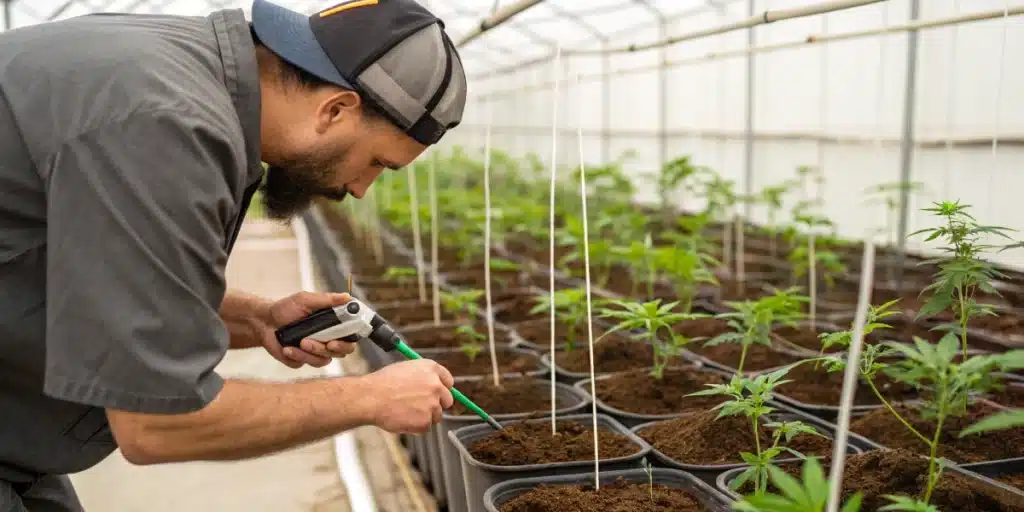
Techniques for Efficient Indoor Watering
Drip Irrigation and Manual Methods
Choosing efficient watering techniques can streamline the process. Drip irrigation systems offer a controlled method to supply water directly to the roots, reducing waste. Manual methods using a watering can also work effectively when applied consistently and slowly.
A great way to improve water efficiency and soil health is to apply a top layer of mulch. Covering the topsoil with materials like bark chips, sphagnum moss, or even a layer of plastic can be very beneficial. This layer acts as a barrier, significantly reducing the evaporation of water from the soil surface, meaning you will need to water less often. Furthermore, mulching prevents light from hitting the wet topsoil, which discourages the growth of green fungus or algae that can appear with frequent watering.
Recommended Tools and Equipment
A moisture meter gives real-time readings and ensures you water only when necessary. Additionally, choose a watering can that allows for precision, and use pots that ensure quick drainage. Automated timers for irrigation systems help maintain consistent soil moisture. According to expert guidance, matching the right watering technique with proper pH (always around 6.0) is just as important as the watering frequency itself.
Troubleshooting Common Watering Issues
Preventing Root Rot
One of the most common problems is root rot, often caused by excessive watering. Avoid this by choosing breathable containers, using airy soil mixes, and adjusting your watering routine at the first sign of mushy soil or slow drainage. Improper watering can also cause nutrient problems.
Managing Nutrient Imbalances
If your plants look pale or sluggish despite a regular feeding schedule, the issue may lie in your watering practices. Overwatering disrupts nutrient availability, while underwatering limits root absorption. Our expert advises keeping the soil’s pH consistently around 6.0 to allow cannabis plants to absorb key nutrients.
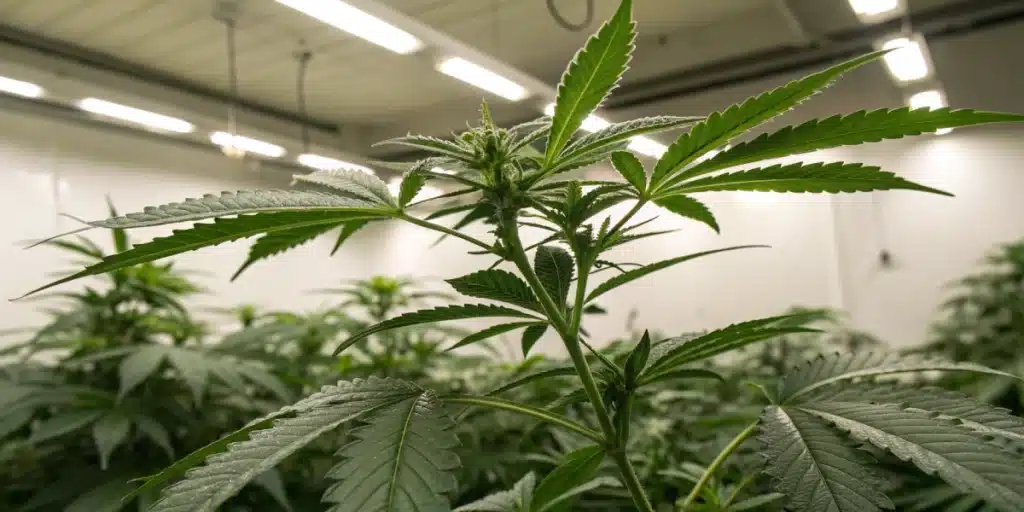
FAQs about best time to water cannabis indoors
What signs indicate my plant needs water?
Cannabis plants communicate their thirst. If leaves start drooping, soil feels dry an inch below the surface, or the edges of leaves curl inward, your plant is likely dehydrated. Color changes, like dull or slightly gray-green foliage, can also signal thirst. Using your finger and a moisture meter helps you respond before stress sets in.
How can I tell if my plant is overwatered?
Symptoms include yellowing, soft leaves, persistently wet soil, and a musty odor from the pot. Overwatered roots may also appear brown and mushy. If your growing medium takes too long to dry, or if your pot lacks proper drainage, it’s time to adjust your watering schedule and check soil composition.
What is the optimal watering frequency indoors?
It depends on several variables, such as plant size, light exposure, environmental factors, and potting medium. Young plants in veg may only need water once per week, while flowering plants often require daily or even twice-daily watering. Follow expert guidance: water during the light cycle, maintain water around 18ºC, monitor pH (around 6.0), and always adjust based on real-time feedback from your plants and environment.



